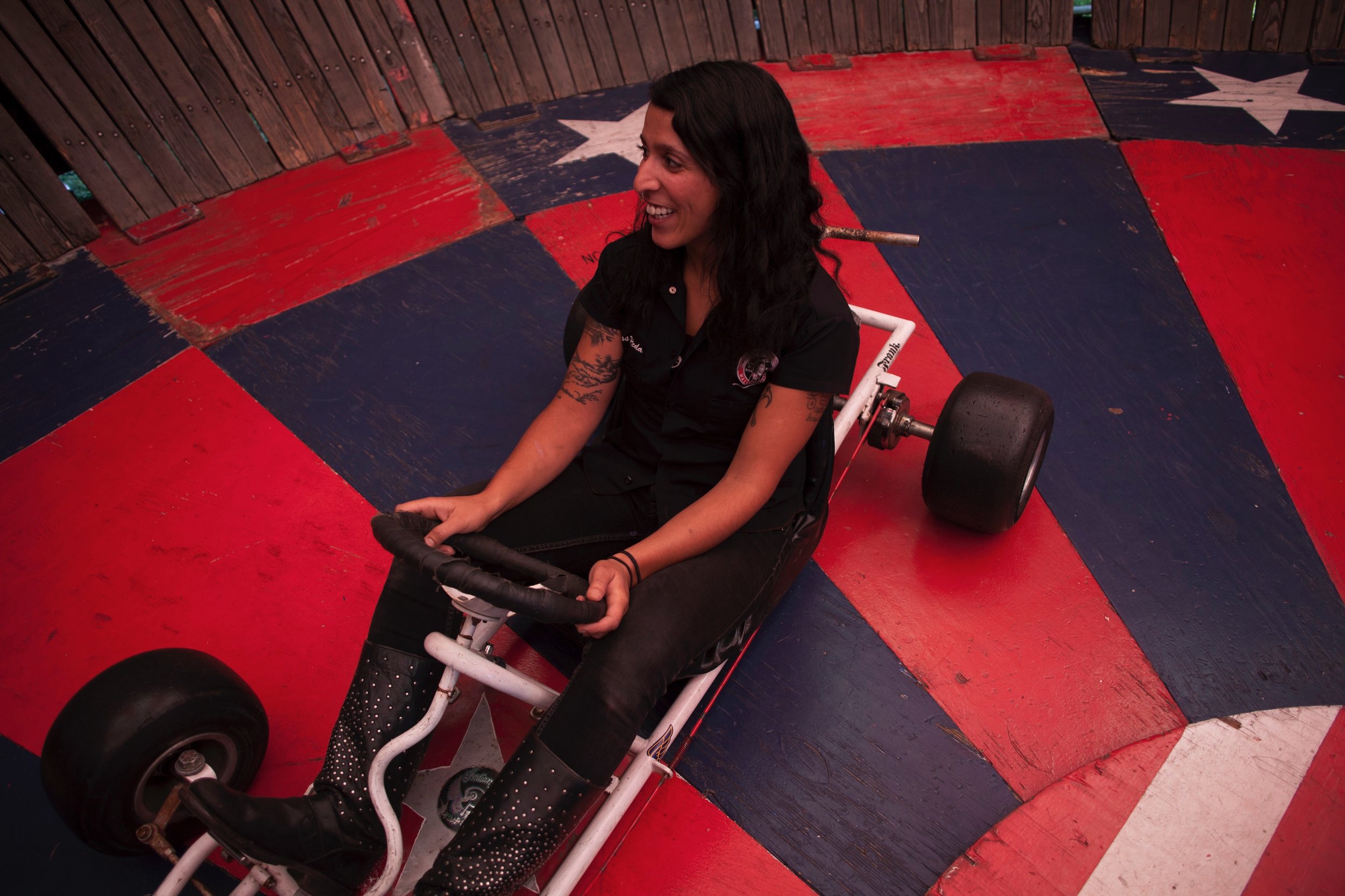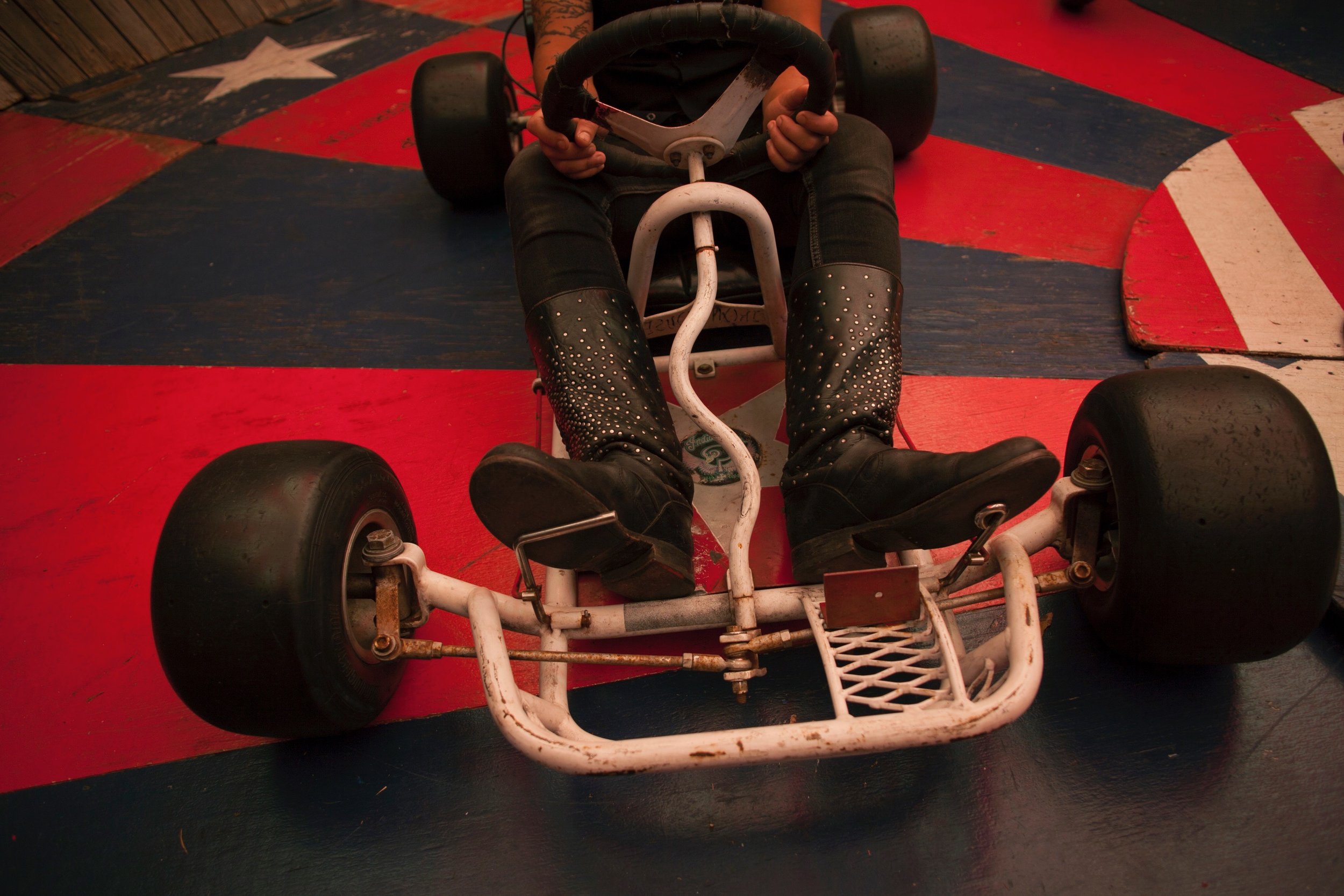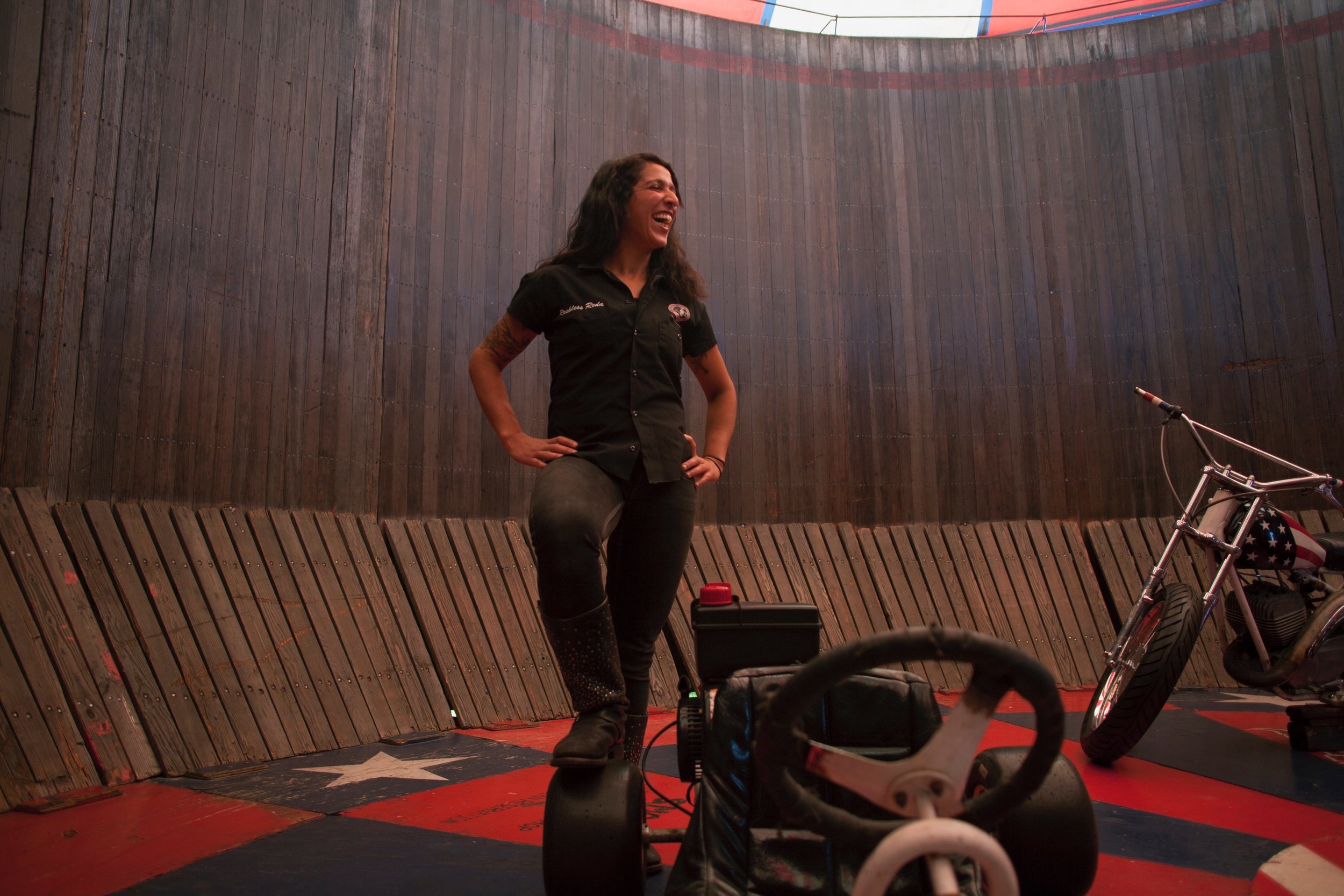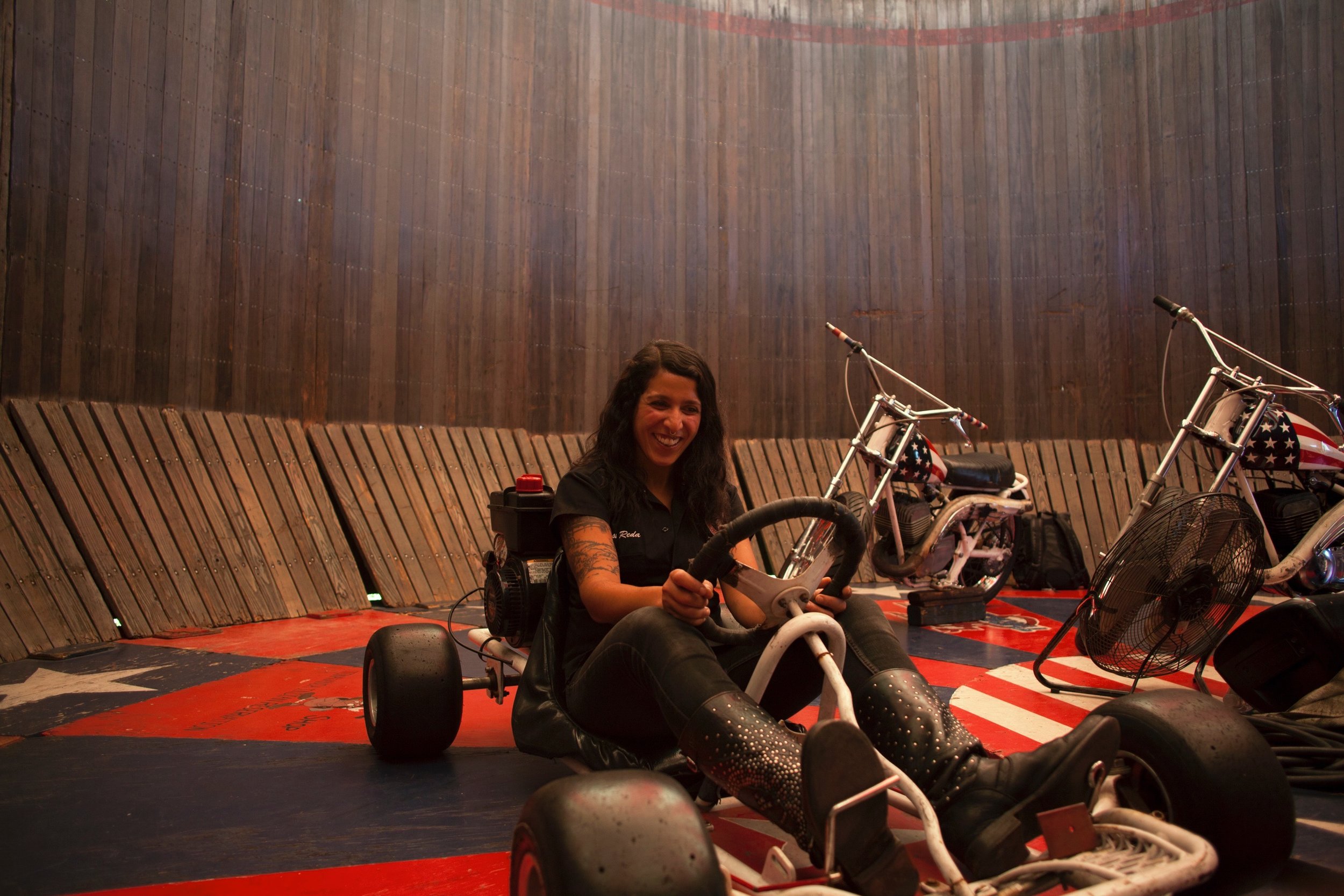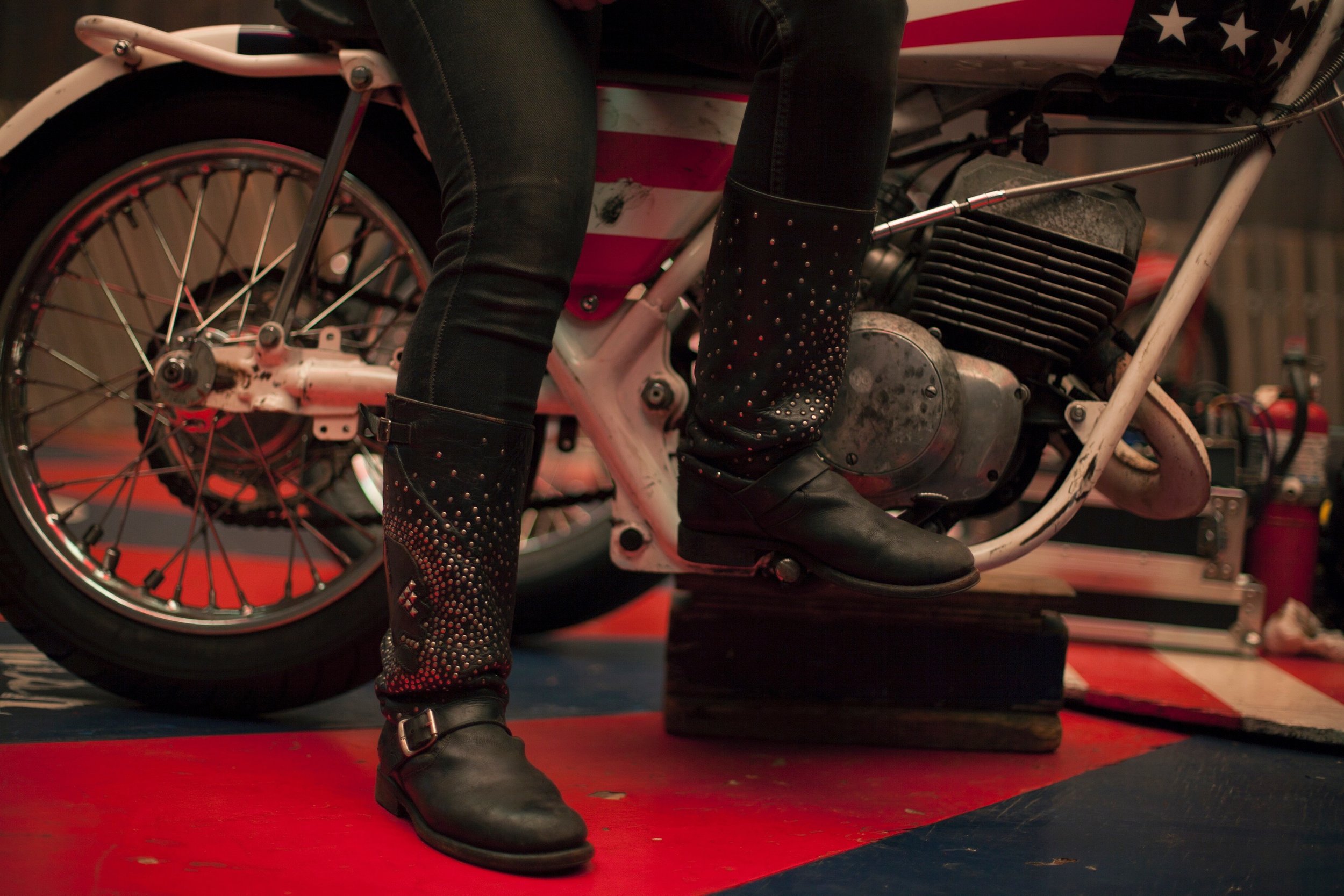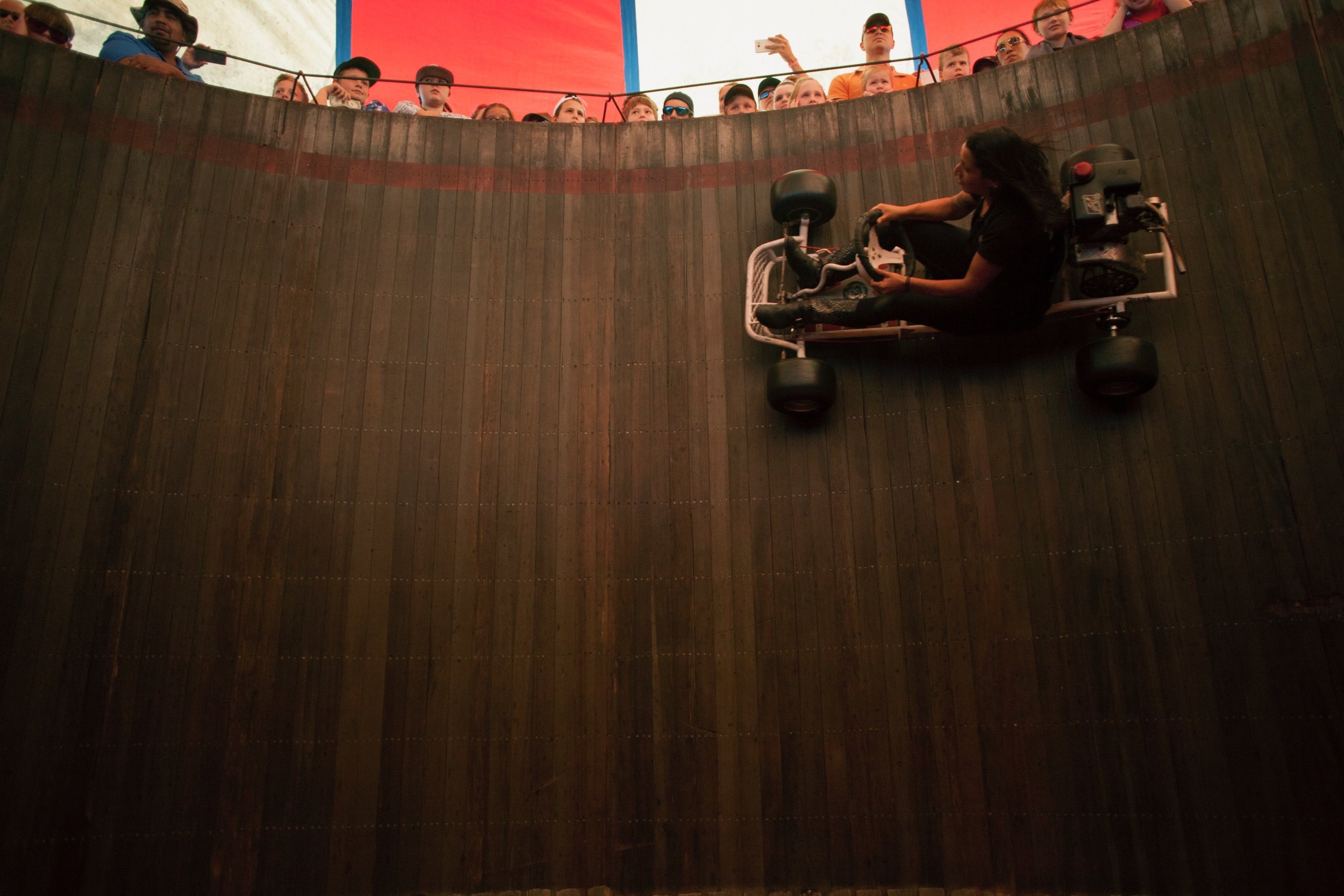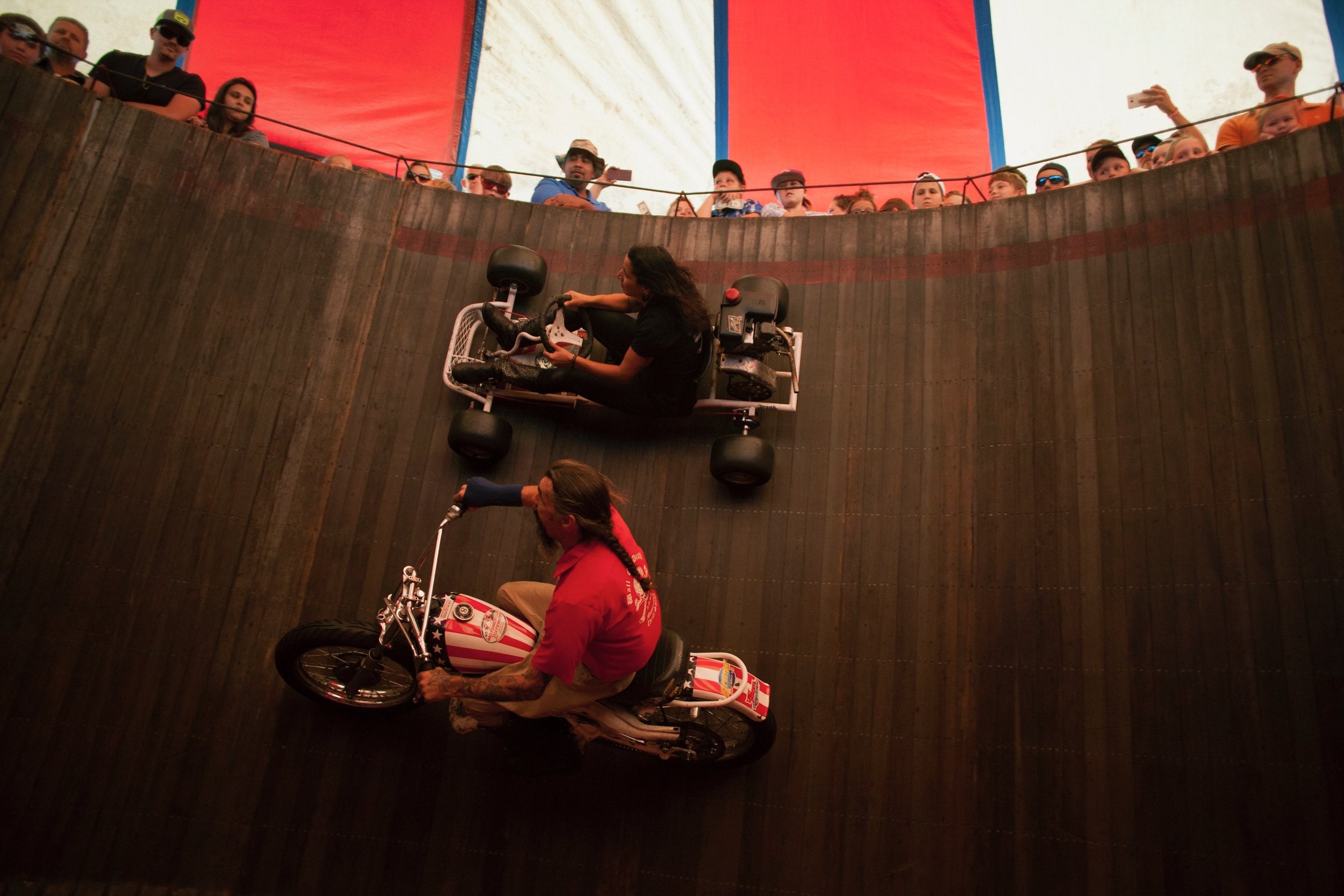Anna Kaia
/Some people endure circumstances in their lives that grace them with a vast understanding of the world that surpasses the minutiae of the day-to-day. Anna Kaia, at the young age of 24, bursts at the seams with an insatiable thirst for cultivating a life fulfilled. Driven face to face with her own mortality, Anna blossomed to take on her next chapter of life as a rider and a burgeoning physical therapist.
With a humble and shy nature blanketing her personality, Anna exudes an ethereal spirit that makes one wonder about the gold that she infuses in her daily life. From climbing rocks to dancing with fire, or washing herself in the tides of the Gulf, she surrounds herself with the elements of the world. It is only natural that she craves to discover its treasures through the intimate lens that only two-wheels possesses.
The stars aligned when Anna’s father went against the pleas of his wife and purchased his first motorcycle, a Harley-Davidson Wide Glide, two years ago. Her childlike wonder manifested alongside her father’s until she decided that it was time to take reins herself.
We all have circumstances in our lives that are meant to teach us a valuable lesson in whatever shape or form necessary. It is our reactions to the inevitable that have the potential to develop us into a more-aware and fruitful being. These fruits, even if born from adversity, can be tended to in order to grow and nurture societies.
I was at a beachside restaurant in my hometown chatting with Anna when I inevitably asked about her motorcycle beginnings. With a light and honest heart, she showed me a scar that scaled behind her ear. She described to me her ultimate circumstance that allowed her own fruits to grow.
Last year, a fresh resident to Atlanta, Anna had dreams of pursuing her new career of public relations and advertising. A disruption occurred in her daily life as she began to experience sudden bursts of pain throughout her head. Bouts of seizure-like symptoms began to take over, causing simple activities such as eating or talking to become nearly impossible.
She was diagnosed with trigeminal neuralgia, better-known as the “suicide disease”. I dug deep into the research when I got back home. Unfortunately, the research is limited, as so few people suffer from this rare disease. Essentially, pain is rooted from the trigeminal nerve beginning behind the ear on either side of the face and spreads across the cheeks, jaw, lips, and nose. The pain inflicted can occur from just the slightest touch, making normal activities debilitating. The pain is cited by patients to be the worst pain one can experience, surpassing limb amputation and childbirth. Being a rare disease with a typical onset after age 50, the inexplicable nature of its manifestation within a vibrant 23 year-old girl was enough to cause for alarm.
The experimental surgery promised slim chances of success, and a probable outcome of paralysis, brain damage, or continuation of the same symptoms. Anna faced the daunting fact that her way of living was unbearable and proceeded with the surgery, even against her mother’s pleas to just take medicine for the pain and go about living life “normally”.
The very same day that she scheduled her brain surgery, she bought a vintage KZ550 and decided that would be her prize to keep her going through the tough road ahead. She spent her time in the hospital daydreaming about how she would rebuild it and modify it.
“I distinctly remember my nurses in the ICU catching me sneaking on my phone at 2 am trying to order motorcycle parts on eBay. The anticipation of getting to learn how to work on that bike and actually getting to ride it after my surgery was the main driving force that got me through the post-surgery agony.”
After she was released from the hospital, the first thing she did was visit her motorcycle.
“My mortality kind of smacked me in the face and I realized that if I really wanted to do something, I needed to go ahead and do it because my time might be limited,” she reflected. Three months after recovery, as soon as her staples had been removed from her head, she threw on her helmet and went on the first liberating ride of her life.
The shift in her paradigm of living allowed a liberation from social stigmas. It allowed her to shed everything that ever held her back and she is now working with a guidance and purpose each and every day. As I chatted with her over coffee a few months later, her bright and infectious energy still shines past those scars and stories.
A typical day in her life today includes going to school to become a Physical Therapist (inspired through her recovery process). She aims to energize and motivate people who have gone through similar traumas, and guide them to regain their functions to pursue everything of which they’ve dreamed. Outside of school, she is adamant about learning the intricacies of her motorcycle to keep it on the road and to boost her self-sufficiency.
When asked to leave a parting piece of advice with DOTR, she responded with this, “My advice is to never be afraid to do something simply because of fear of the unknown or because of social stigmas like ‘girls aren't tough enough to handle a motorcycle.’ If you've always wanted to learn how to ride or to build a bike, then don't waste any more time and just go do it, because you never know when your circumstances might change or how long you'll have to pursue your dreams. It sounds cliche but life changes in an instant, so you gotta take advantage of the present moment.”
What I feel all of us can learn from Anna’s story is how to prioritize what little time we are given on this earth. We owe it to ourselves to seize each opportunity to pursue what best and most vividly colors our personal happiness.
We would like to thank Anna for spending some time to share her story with us all and for having the courage to persevere through everything thrown at her.
To follow her journey, follow @anna_kaia on Instagram!





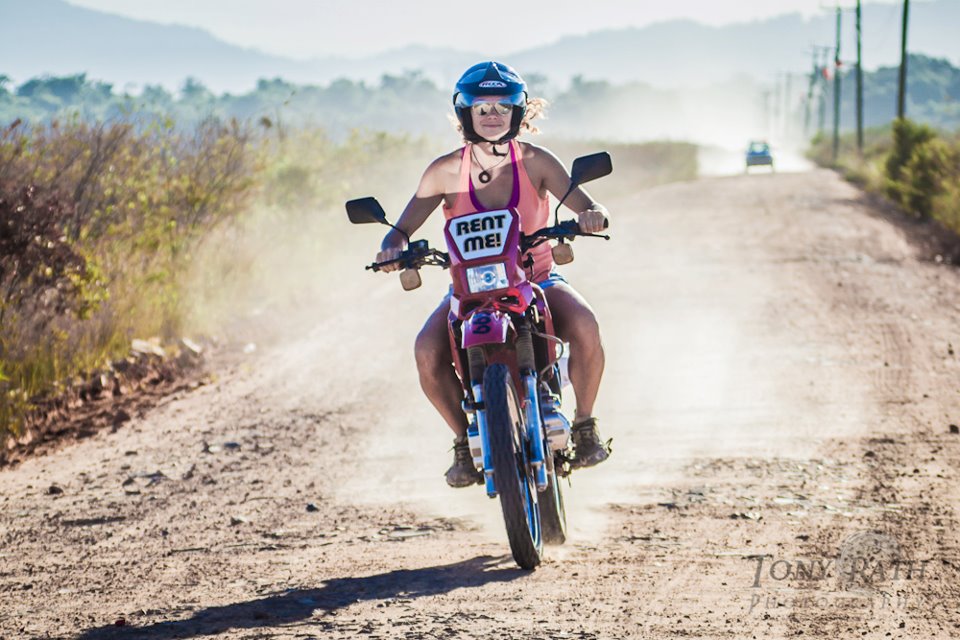
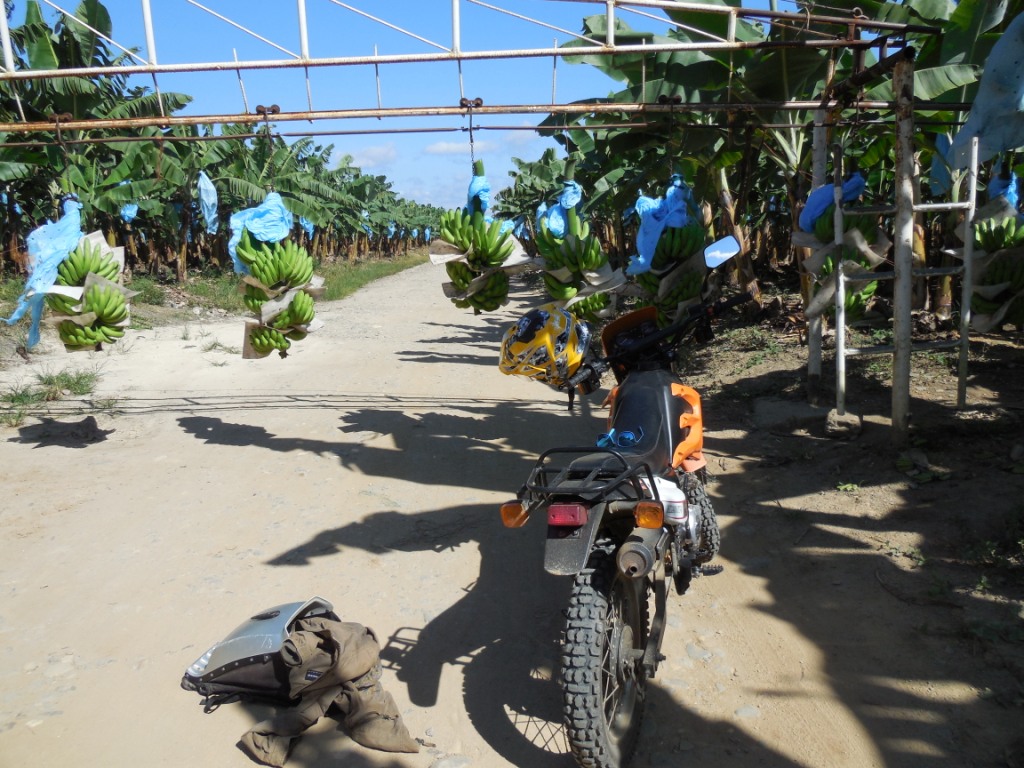
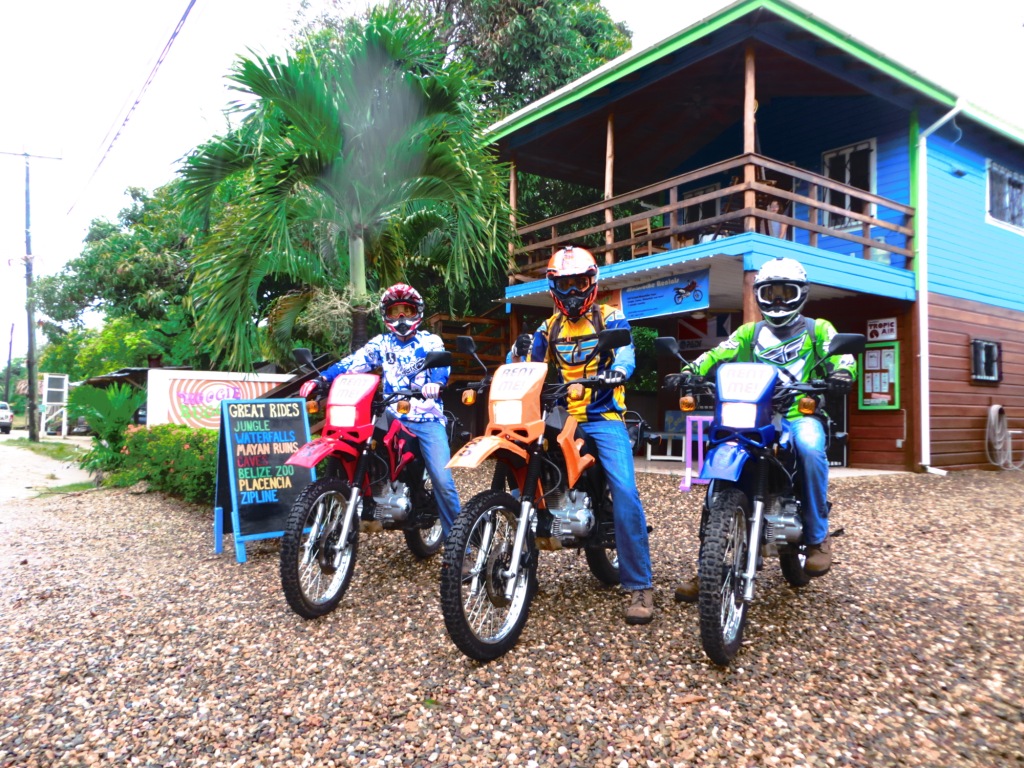
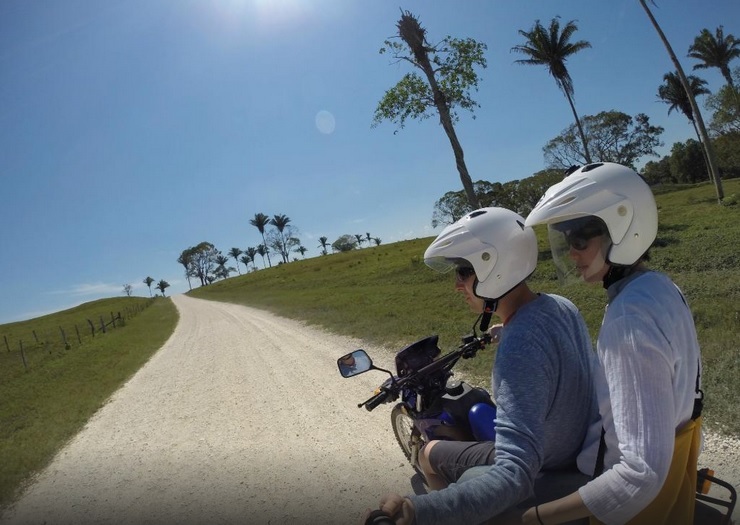
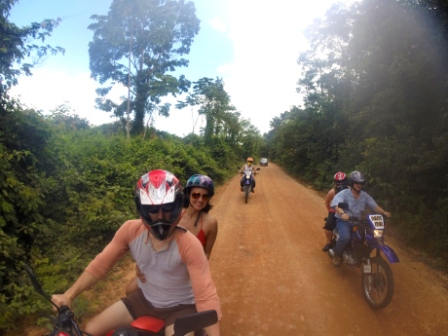
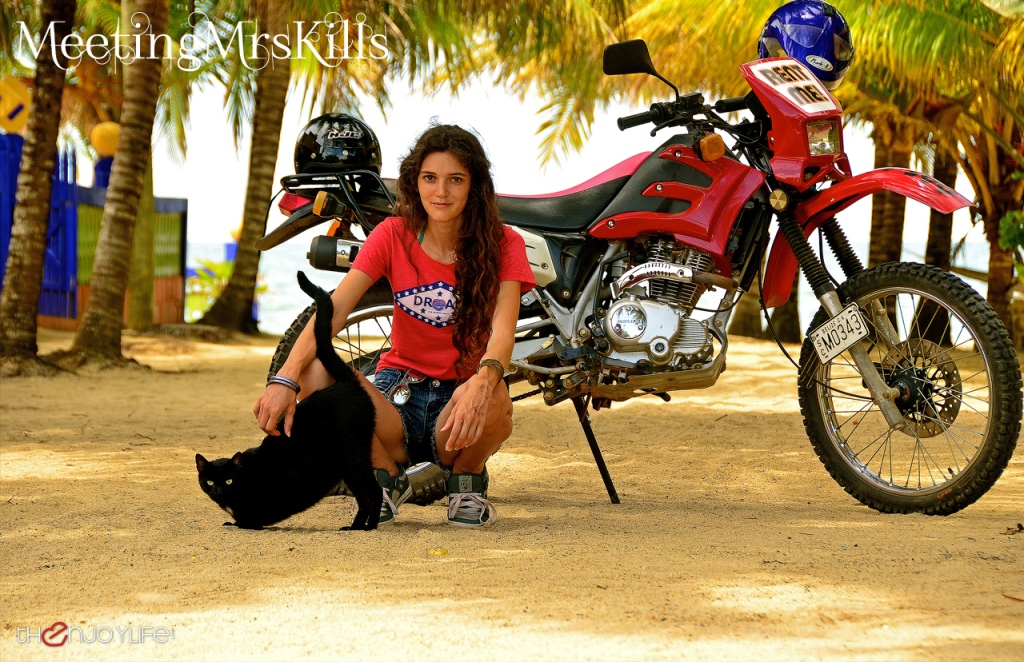


![Angie_Conn_LR_(29_of_116)[1].jpg](https://images.squarespace-cdn.com/content/v1/55e65538e4b02be29ced2f3d/1490019102414-1H9TL5KJI2KJSMLBKJDP/Angie_Conn_LR_%2829_of_116%29%5B1%5D.jpg)
![Emily_Waters_LR_(23_of_107)[1].jpg](https://images.squarespace-cdn.com/content/v1/55e65538e4b02be29ced2f3d/1490019098633-FCU600QXR6TSSE41THCF/Emily_Waters_LR_%2823_of_107%29%5B1%5D.jpg)
![Chris_Musillo_LR_(18_of_71)[1].jpg](https://images.squarespace-cdn.com/content/v1/55e65538e4b02be29ced2f3d/1490019138299-0B2L49KWHQ1TRVHXQN1Y/Chris_Musillo_LR_%2818_of_71%29%5B1%5D.jpg)
![Kelley_Alsobrook_LR_(40_of_56)[1].jpg](https://images.squarespace-cdn.com/content/v1/55e65538e4b02be29ced2f3d/1490019108483-KTN3Z87G4ZA2HL5537QY/Kelley_Alsobrook_LR_%2840_of_56%29%5B1%5D.jpg)
![Christa_Hicks_LR_(31_of_75)[1].jpg](https://images.squarespace-cdn.com/content/v1/55e65538e4b02be29ced2f3d/1490019141141-S9BIM5YBOBUAOHKM05ON/Christa_Hicks_LR_%2831_of_75%29%5B1%5D.jpg)
![Robin_Miller_LR_(49_of_61)[1].jpg](https://images.squarespace-cdn.com/content/v1/55e65538e4b02be29ced2f3d/1490019114571-079A3FG8FEW9WJQEH7B2/Robin_Miller_LR_%2849_of_61%29%5B1%5D.jpg)
![Jaimee_Johnson_LR_(2_of_7)[1].jpg](https://images.squarespace-cdn.com/content/v1/55e65538e4b02be29ced2f3d/1490019148396-5NT3E3419TXFU7NWB6YS/Jaimee_Johnson_LR_%282_of_7%29%5B1%5D.jpg)
![Shannon_Redline_LR_(89_of_96)[1].jpg](https://images.squarespace-cdn.com/content/v1/55e65538e4b02be29ced2f3d/1490019115006-ZT5SUTNPXNKMSHQ42UA7/Shannon_Redline_LR_%2889_of_96%29%5B1%5D.jpg)
![Kailee_Favaro_LR_(17_of_111)[1].jpg](https://images.squarespace-cdn.com/content/v1/55e65538e4b02be29ced2f3d/1490019150627-DDFXXN1KOF1XFQ0JN2AP/Kailee_Favaro_LR_%2817_of_111%29%5B1%5D.jpg)
![Tara_Madison_LR_(48_of_50)[1].jpg](https://images.squarespace-cdn.com/content/v1/55e65538e4b02be29ced2f3d/1490019123499-C7AQVROOAB01VMJ3W03C/Tara_Madison_LR_%2848_of_50%29%5B1%5D.jpg)
![Raquel_Goodwin_LR_(17_of_63)[1].jpg](https://images.squarespace-cdn.com/content/v1/55e65538e4b02be29ced2f3d/1490019131881-051GV7W7VVUK280YF5QH/Raquel_Goodwin_LR_%2817_of_63%29%5B1%5D.jpg)




